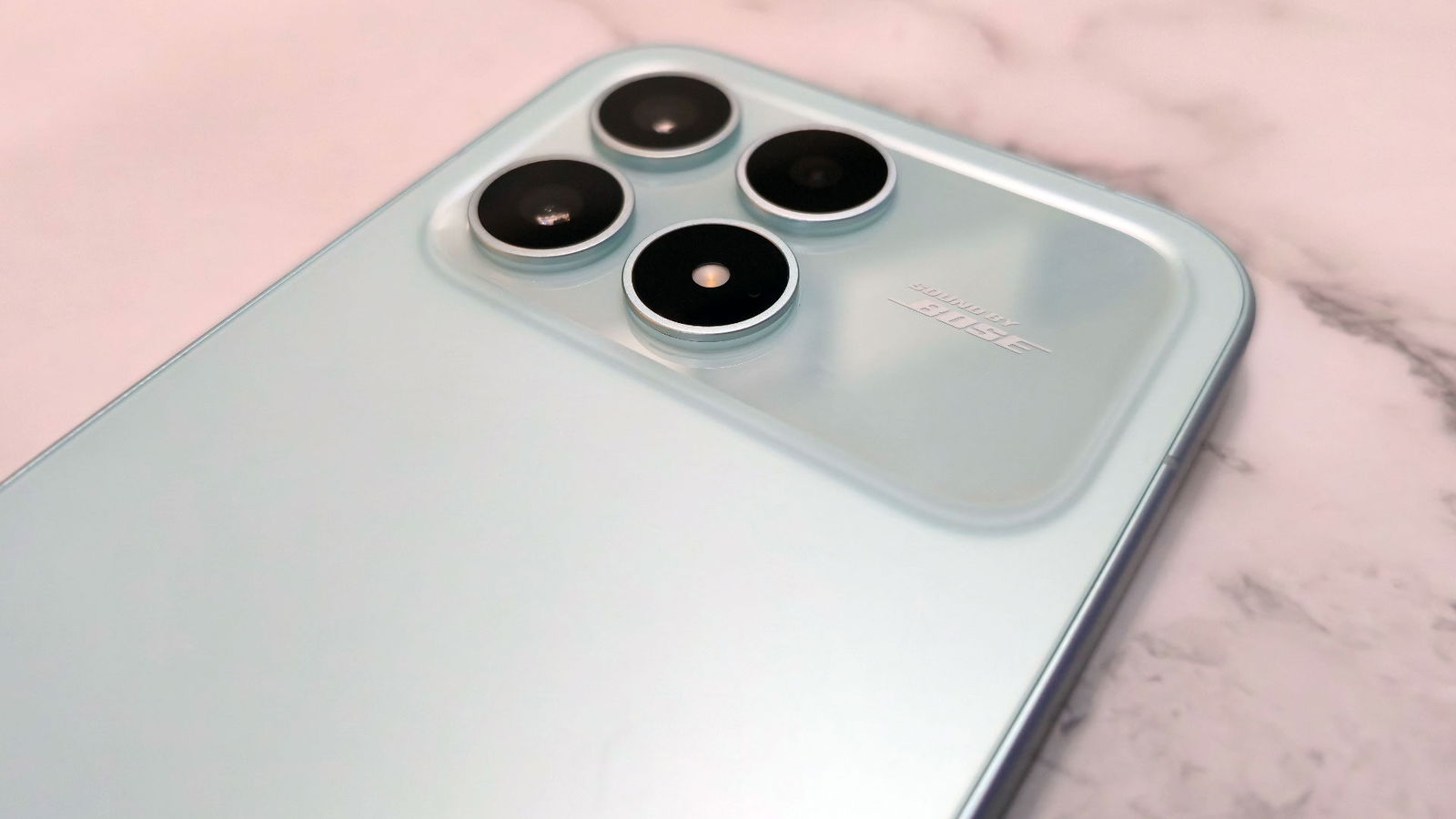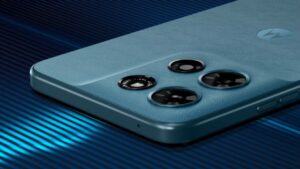I have reviewed phones in the POCO line before, and they have always been impressive, but none have been as impressive to me as the POCO F8 Pro. The leaps this generation of POCO phones has taken, with major hardware improvements and an optimized experience, allow it to outperform my Samsung in many areas.
The POCO F8 Pro’s improvements begin on the inside with the Qualcomm Snapdragon 8 Elite (Gen 4) octa-core CPU and the Adreno 830 GPU. These are the components found in the most recent Samsung Galaxy phones and in flagship devices from OnePlus and Xiaomi. It is available with 256 GB and 512 GB of storage with 12 GB of RAM or 512 GB and 1 TB of storage with 16 GB of RAM. The F8 Pro runs on Xiaomi’s HyperOS 3.
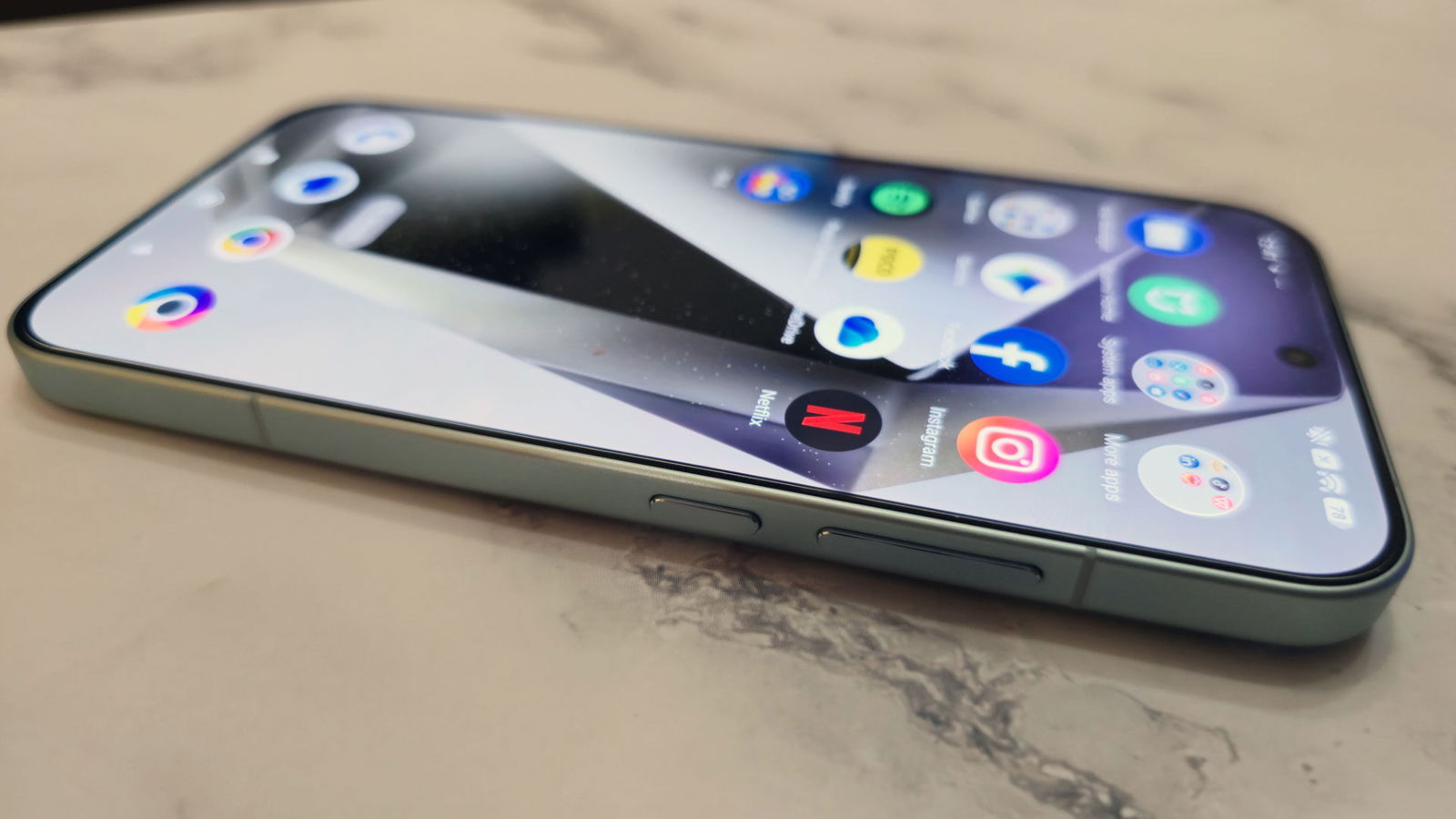
The POCO F8 Pro has a 1156×2510 pixel, 6.59-inch AMOLED display with a smooth 120 Hz refresh rate and HDR10+ with 3500 nits of peak brightness. The screen is bright and clear when gaming or watching videos. My daughter said I kept the display “too bright,” although I disagree, since its brightness makes it easy to see in outdoor lighting conditions.
“The overall picture quality from both the front and rear cameras of the POCO F8 Pro is excellent.”
The aluminum frame on the POCO F8 Pro is durable and definitely pulls the heat away from the internals of the device, which you will feel as you make heavy use of the phone. The Corning Gorilla Glass 7i on the display is built for better scratch resistance and drop protection. I will be up front with you… I dropped this phone more than once in the first few days of using the phone, once off the corner of my kitchen counter onto the hard floor. Once my heart started back up, I examined the F8 Pro, and there wasn’t so much as a ding.

The POCO F8 Pro’s camera suite also received an upgrade with a new telephoto lens. In addition to the 50 MP main camera with its 1/1.55-inch Light Fusion 800 sensor, which can shoot reasonably well in low light at f/1.88, and the 8 MP ultra-wide camera that shoots at f/2.2, the phone includes a telephoto lens with a 2.5-times optical zoom that also shoots at f/2.2. The F8 Pro records video at up to 8K at 30 fps and offers a super slow-motion mode in 1080p that captures at a much higher frame rate.


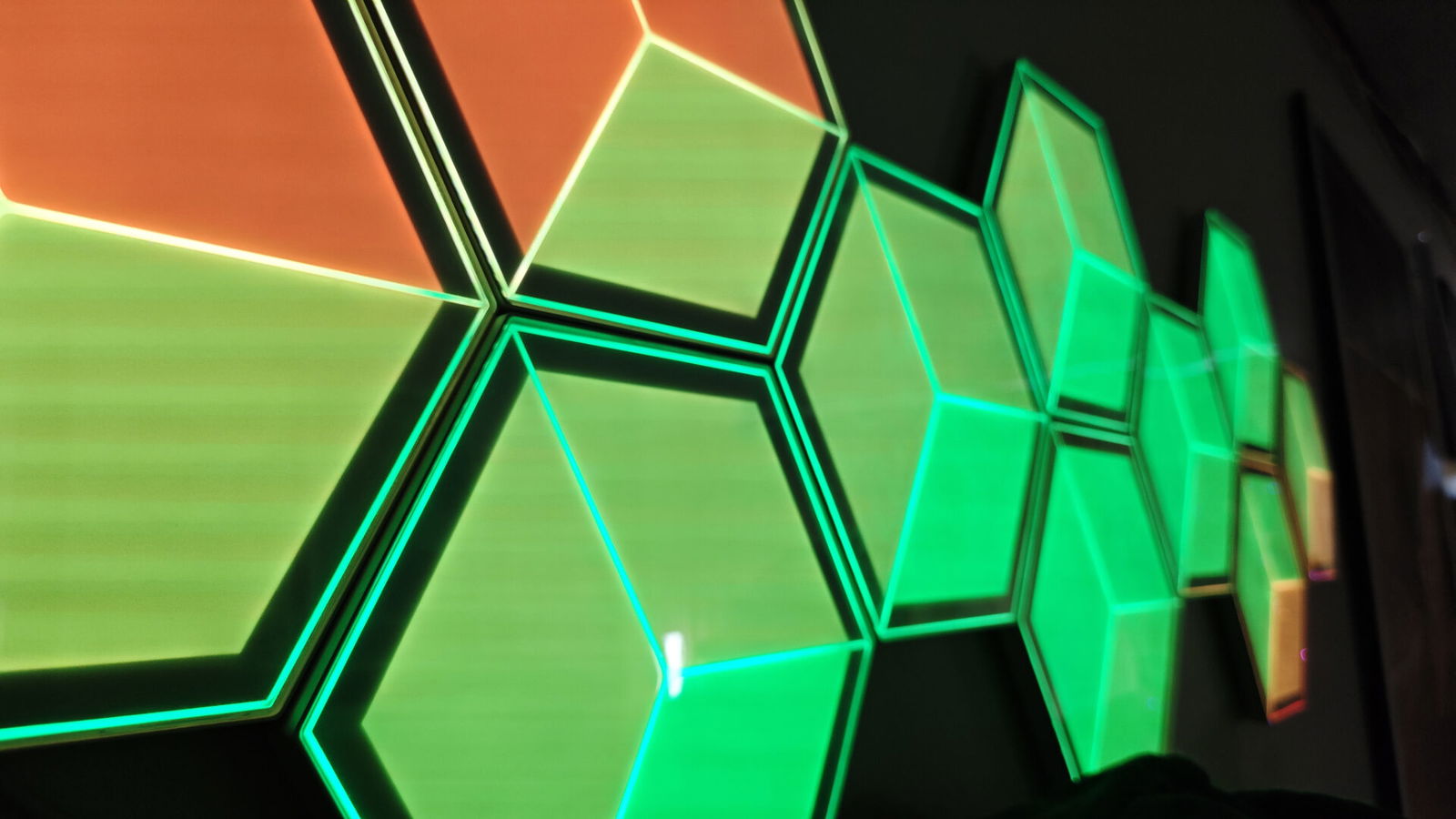
The selfie camera may be the feature of the POCO F8 Pro with the most room for improvement. It is a 20 MP camera shooting at f/2.0 and, despite that limitation, takes excellent selfies, with a strong interface for portrait mode to create an ideal bokeh effect. The main issue is its maximum 1080p video at 60 fps. It feels like, in 2025, with so many vloggers, manufacturers are not giving enough attention to selfie cameras in general, and the lack of a 4K at 30 fps option seems like the only part of this phone that was overlooked.

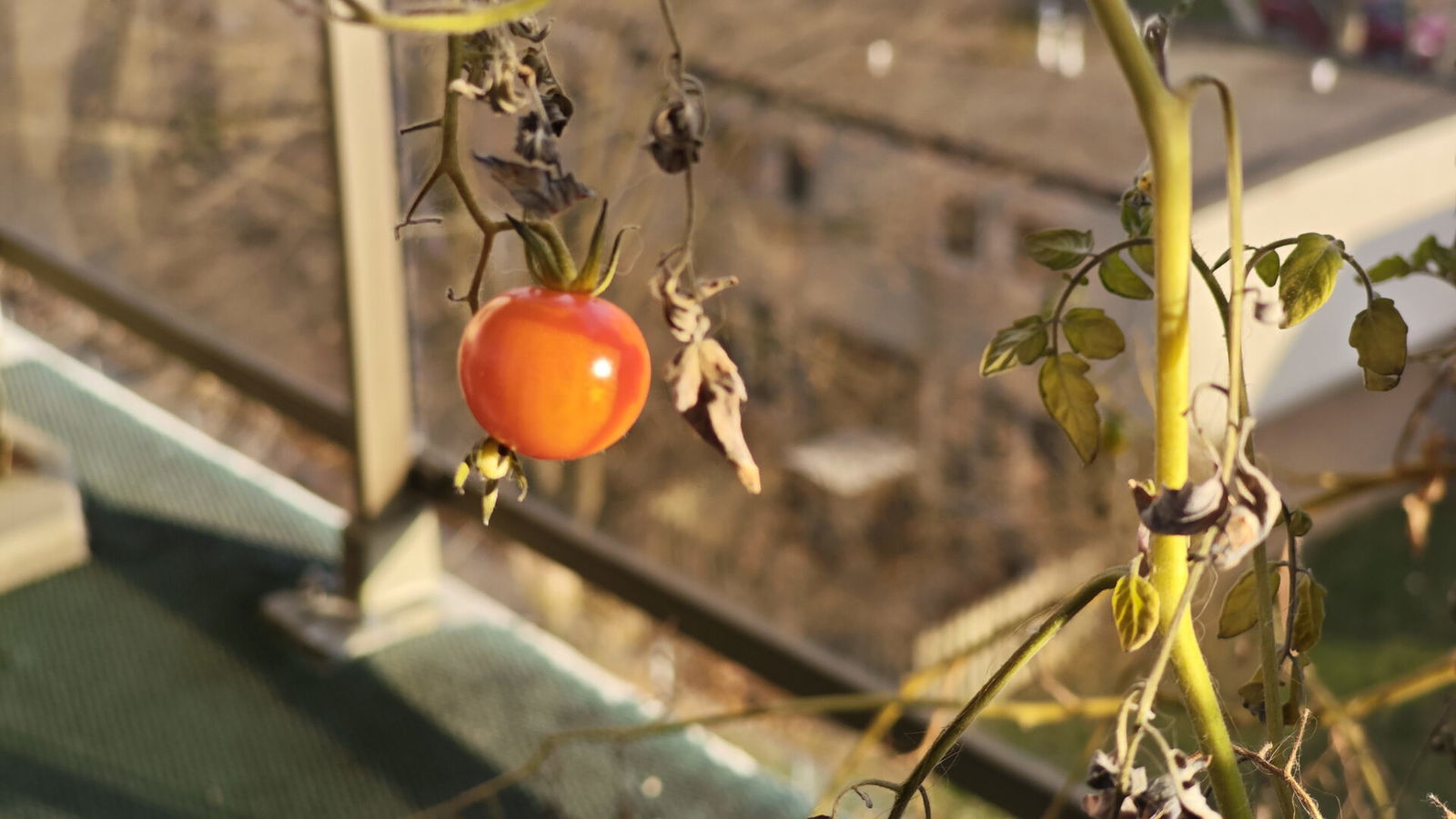
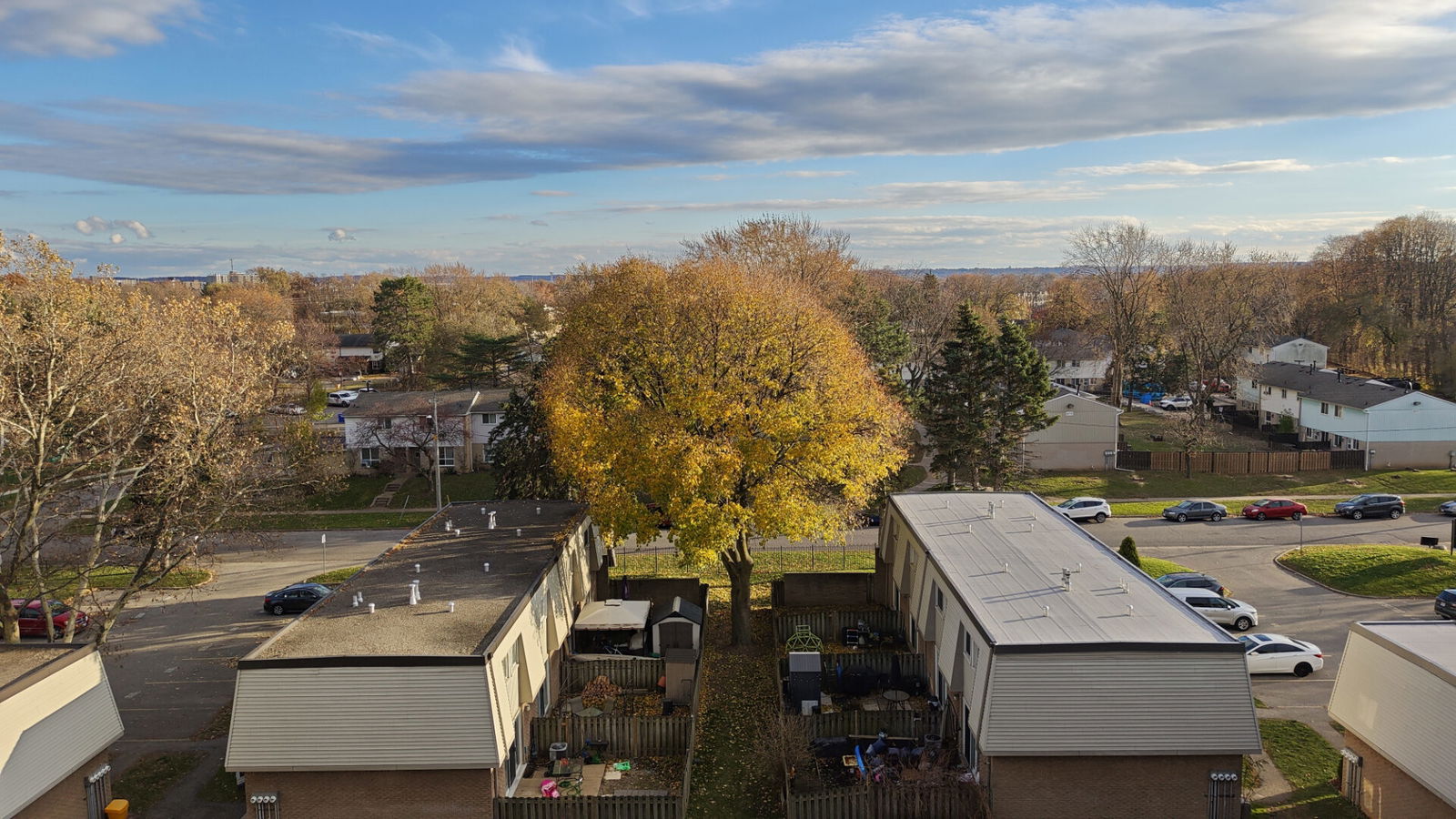
The overall picture quality from both the front and rear cameras of the POCO F8 Pro is excellent. The clarity of the images and the colour reproduction without additional processing work well for casual photographers and for people who curate their social feeds with high-quality shots. In my selfie test, I examined the image closely and even held my shirt against the screen, and the match was exact. Saturation was also strong, giving me photos with natural colour in my face, even in brighter lighting.
“The gaming experience on the POCO F8 Pro is my favourite of the past few generations.”
The 6210 mAh battery in the POCO F8 Pro provides strong battery life and should have no difficulty lasting a full day, even with heavy use. On my first day with the phone, which is typically the heaviest due to installing apps and testing new features, I used about 70% of the battery. Each day since then has required far less power, even with me continuing to test the F8 Pro at a level most users would not push their phone.
If you are a phone user who puts heavy strain on your battery, the included 100 W charger will get you powered up quickly. You can reach 50% from empty in about 15 minutes, and a full charge takes less than an hour. The only drawback is the size of the charging block, which may be larger than you prefer, although it is consistent with the chargers for the POCO, Redmi and Xiaomi phones I have used in the past. For anyone whose friends often run low on power, the POCO F8 Pro also supports 22.5 W reverse charging.
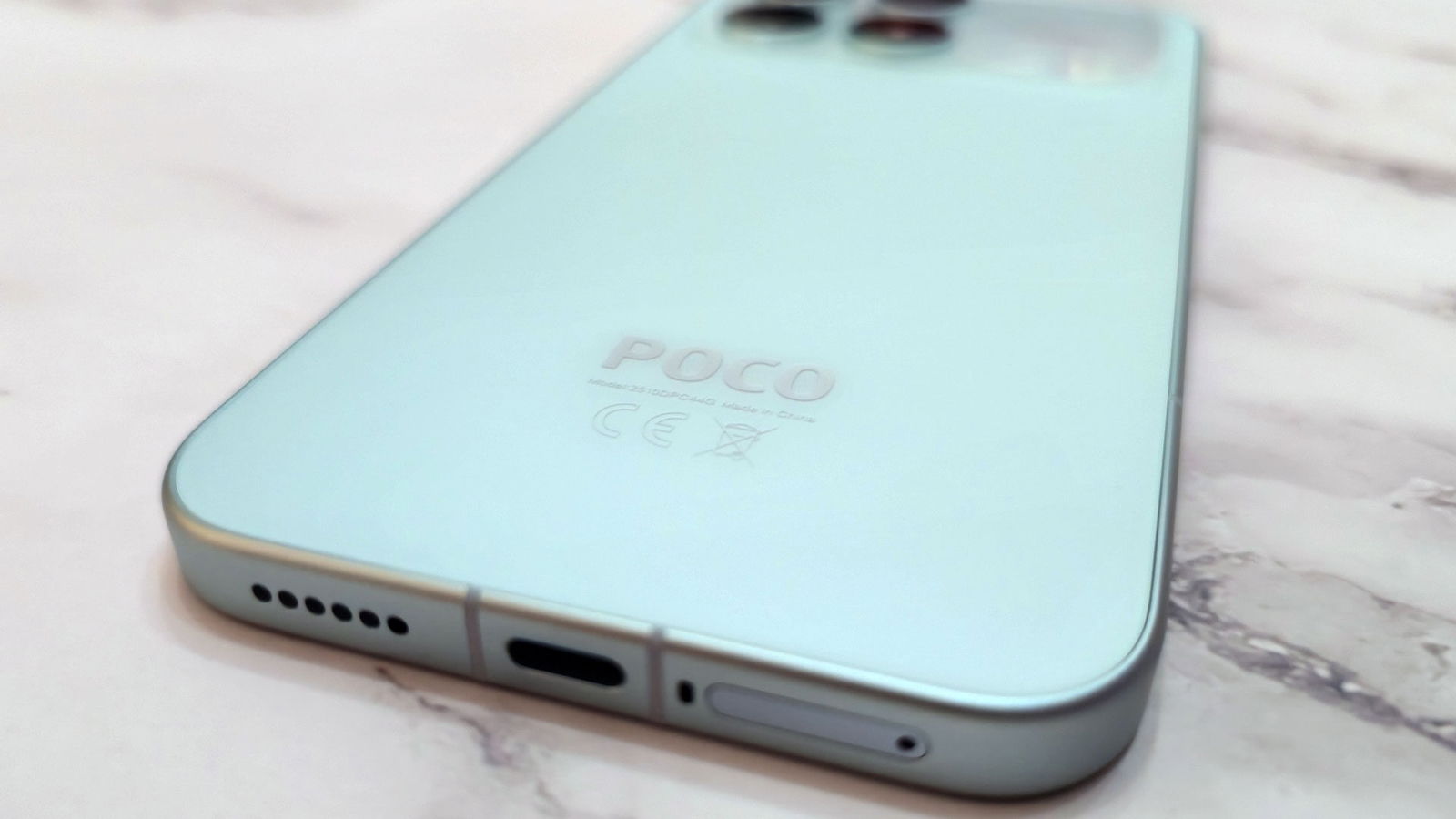
Audio is not something I usually focus on in a smartphone, since most people do not rely on the phone’s speakers for everyday listening. Many use a speaker at home or headphones in public. The sound on the POCO F8 Pro, however, deserves some attention. The dual speakers are tuned by Bose, with a Dynamic profile that is more focused on bass and depth, and a Balanced profile that offers stronger vocals. The collaboration with Bose provides sound quality that is better than most users will ever need.
“With the price of the POCO F8 Pro starting at $579 USD, you are definitely getting a lot of value for your money.”
The gaming experience on the POCO F8 Pro is my favourite of the past few generations. Thanks to its triple-layer IceLoop system, even long gaming sessions did not result in lag or reduced frame rates. When playing my usual games and some of the more GPU-intensive titles I use for testing, such as Genshin Impact, the F8 Pro performed well in every scenario. You will notice the phone warming along the frame, especially near the camera, but that heat transfer helps keep the internal components cooler for better performance.
Benchmark scores for the POCO F8 Pro impressed me. The Geekbench 6 single-core CPU score was 2283, with a multi-core score of 8348, placing it above the Samsung Galaxy S24 series but below the Galaxy S25 series. Its GPU score of 17373 is close to the lower end of the S25 line. Reaching this level of high-end flagship performance while being priced closer to a value phone is remarkable. It is also the first phone I have tested that outperformed my current device, the Galaxy S24 Ultra.
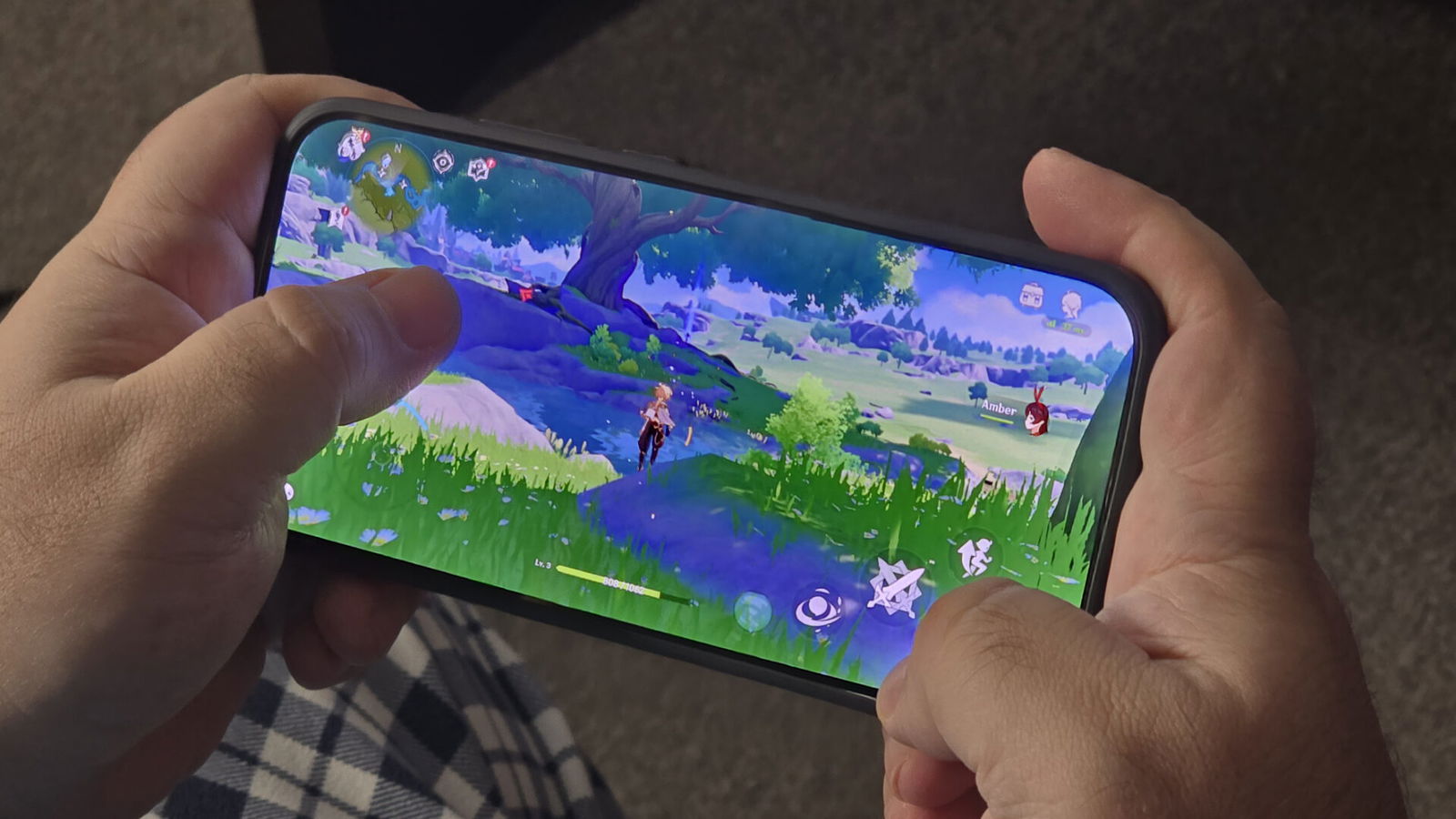
With the price of the POCO F8 Pro starting at $579 USD, you are definitely getting a lot of value for your money. It is lightning fast and good for pretty much every kind of user. It’s a phone where I don’t feel like you are sacrificing anything. The camera is great, you can game at any level, and the phone’s response exceeds every expectation. The F8 Pro is an easy recommendation, but a jump to the F8 Ultra may be in order for the content creators out there with a superior selfie camera.
